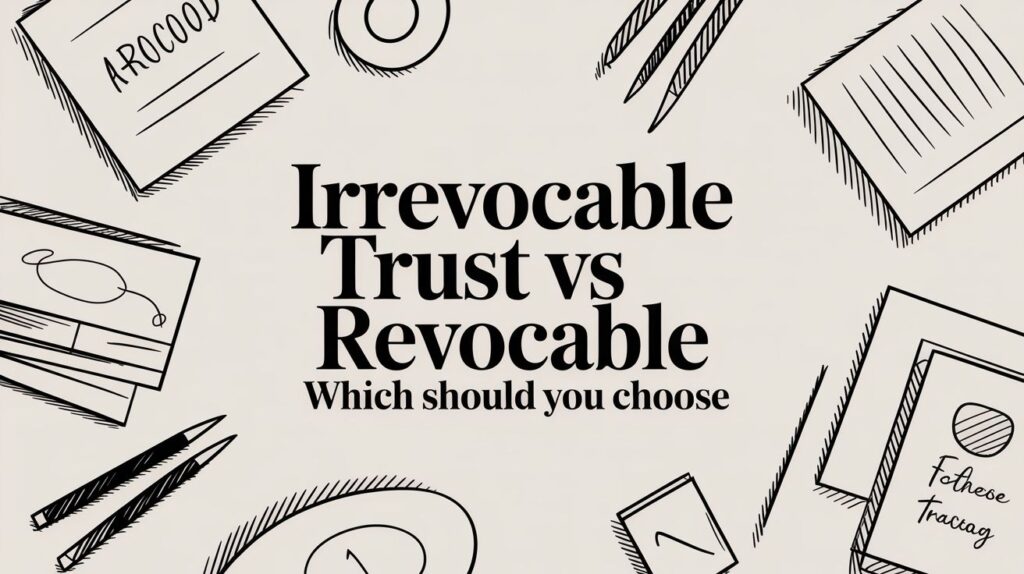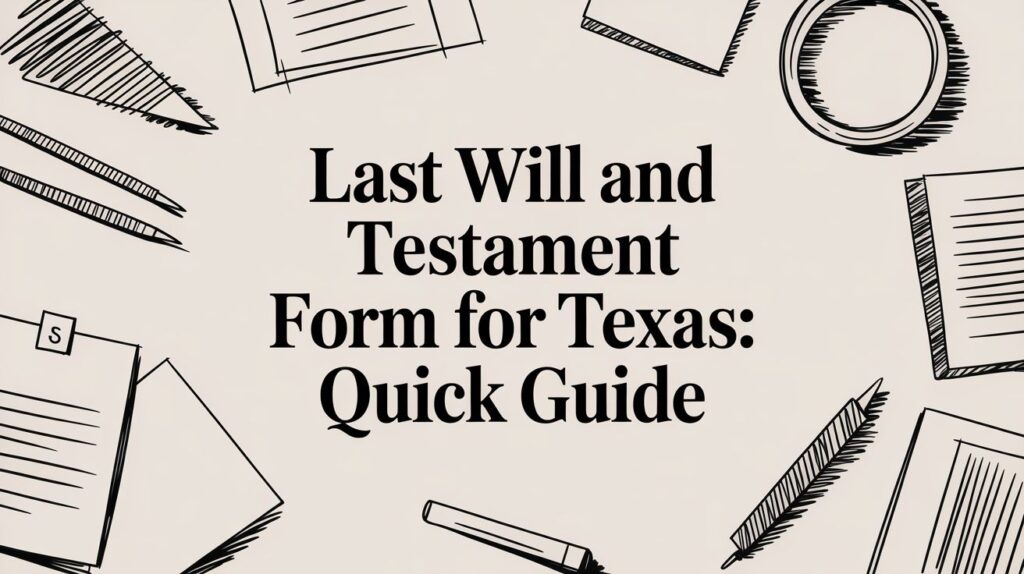Imagine a world where every asset, every debt, and every penny earned within a marriage is not just yours or mine but truly “ours.” Welcome to the fascinating realm of community property. It is a legal concept that turns the financial aspects of a marriage into a shared treasure trove. It’s like having a built-in financial partnership with your spouse, and it’s a lot more captivating than you might think.
In this enchanting world of community property, the magic begins the moment you say, “I do.” From that point forward, everything you and your partner accumulate during your marriage becomes part of this shared financial wonderland. It’s as if you’ve stumbled upon a treasure map, and the “X” marks the spot right in your own home.
It gets even more spellbinding. If the kingdom of your marriage faces a division (whether due to a divorce or another circumstance), the treasure map comes into play. The wealth and assets you’ve amassed throughout your marriage get divvied up right down the middle. It’s a fair and balanced distribution, ensuring that each spouse gets an equal share of the treasure.
But don’t worry; community property doesn’t mean you need to split your favorite pair of shoes down the middle. Personal items like clothing, gifts, and anything you owned before your marriage are usually considered yours and don’t count.
In a world where community property reigns, your marriage is more than a mere union of hearts. It’s a union of wealth, assets, and the countless treasures you gather together. It’s a financial partnership that adds a dash of enchantment to your love story, reminding you that in this shared treasure trove, you truly have it all — together.
Equitable Distribution of Community Property
What Assets are Considered Community Property?
In the realm of marriage and divorce, the concept of community property determines the financial landscape of a couple’s life. But what exactly qualifies as community property, and how does it differ from separate property? Let’s embark on a journey to unravel the mysteries of community property and explore what assets fall under its purview.
In the world of community property, marriage is akin to creating a shared kingdom. Virtually everything acquired or earned during the marriage is considered community property. This includes assets and debts, all of which become part of the financial landscape that both spouses navigate together.
The Treasure Chest of Assets
Assets that typically fall under the category of community property are as diverse as the treasures in a pirate’s chest. They can include:
- Real Estate: The family home, vacation properties, and any real estate purchased during the marriage are often considered community property.
- Income: Earnings from employment, businesses, investments, and even rental income that accumulate during the marriage are generally considered community property.
- Bank Accounts: Savings and checking accounts and any interest accrued on these during the marriage, are typically regarded as community property.
- Retirement Savings: Contributions made to retirement accounts, such as 401(k)s and IRAs, during the marriage are often considered community property. The increase in the value of these accounts during the marriage is also subject to division.
- Personal Property: Tangible assets like furniture, vehicles, and artwork acquired during the marriage may be deemed community property.
- Debts: Debts incurred by either spouse during the marriage are also considered part of the community property. This includes mortgages, loans, and credit card debt.
What Assets Are Considered Separate Property?
Within the intricate web of marital and financial relationships, understanding the distinction between community property and separate property is crucial. While community property typically includes assets acquired during a marriage, separate property comprises individual assets that are not subject to the same shared ownership.
The Realm of Separate Property
Separate property can be likened to a private sanctuary within the shared space of a marriage. These assets are often considered the exclusive ownership of one spouse, and they encompass a diverse range of items and holdings.
- Property Owned Before Marriage
One of the most common categories of separate property is assets owned by either spouse before the marriage took place. This can include real estate, personal property, savings accounts, or investments that were acquired before the marriage. These assets maintain their separate status, even after the vows are exchanged.
2. Gifts and Inheritances
Assets received as gifts or inheritances during the marriage are generally regarded as separate property. Whether it’s a family heirloom, a financial gift, or an inheritance from a relative, these assets remain the exclusive property of the spouse who received them.
3. Assets Excluded by Agreement
Couples have the option to define certain assets as separate property through prenuptial or postnuptial agreements. These legal contracts allow spouses to specify which assets they consider separate, thereby safeguarding their ownership rights.
4. Personal Injury Awards
Compensation received for personal injuries, such as a legal settlement following an accident, is typically considered separate property. This reflects the notion that such awards are meant to address personal suffering and are not shared marital assets.
5. Commingling and Tracing
While separate property is meant to remain distinct from community property, complications can arise when assets are commingled or mixed. In such cases, it may be necessary to trace the origins of funds or assets to determine their true status.
How is Community Property Divided in a Divorce?
Divorce, though often emotionally challenging, brings a myriad of financial intricacies that need to be unraveled. In the world of community property, the division of assets and debts is a central theme. The following are a few tips to understand how community property is divided in a divorce and explore the complexities that underpin this process.
- The journey of dividing community property begins with a foundational principle: in a marriage, virtually everything acquired or earned during the union is deemed community property. This means that assets and debts are considered shared between both spouses, fostering a sense of financial partnership throughout the marriage.
- Despite the popular perception that community property entails an automatic 50/50 split, the actual process revolves around equitable distribution. The scales of justice seek to achieve a fair and just division of the shared assets and debts. It’s a process that considers numerous factors, including the length of the marriage, the financial contributions of each spouse, their individual needs, and even their potential for future earnings.
- One of the key elements in dividing community property is recognizing what remains separate property. Assets owned by either spouse before the marriage, gifts, and inheritances, and assets excluded by a legal agreement are typically considered separate and remain the sole property of the individual spouse.
- The process of dividing community property is not solely about finances; it also encompasses emotional complexities. Sentimental items, family heirlooms, and even pets can carry a significant emotional weight. It’s essential to acknowledge the sentimental value of certain assets, as this can influence their division.
- Navigating the division of community property requires a combination of legal expertise and open communication. Spouses must work together, ideally with the guidance of legal professionals, to ensure a fair and equitable distribution of assets and debts.
Financial Fairness of Community Property
Here’s a list of financial issues that may arise in community property divorces and a few ways to ensure financial fairness.
- Division of Assets: One of the central financial issues in community property divorces is the equitable distribution of assets acquired during the marriage. Accurately assessing the value of community property assets is crucial.
- Separate vs. Community Property: Distinguishing between separate property (assets owned before the marriage, gifts, inheritances) and community property is essential.
- Debt Allocation: Dividing debts incurred during the marriage, including mortgages, loans, and credit card balances, can be contentious.
- Child Support: In cases with children, child support payments must be calculated based on state guidelines. The determination of these payments can affect both parties’ financial situations.
- Tax Implications: The tax consequences of divorce can be significant. Understanding how property division, alimony, and child support may impact tax obligations is crucial for both parties.
- Hidden Assets: Spouses may attempt to conceal assets to prevent them from being included in the division, which can complicate the financial aspects of the divorce.
- Business Interests: If one or both spouses have ownership interests in a business, determining the value of the business and how it should be divided can be intricate.
- Prenuptial and Postnuptial Agreements: The validity and enforceability of prenuptial or postnuptial agreements may come into question during divorce proceedings.
- Professional Practices and Licenses: Professionals with licenses or practices, such as doctors, lawyers, or architects, may need to address issues related to the division of income and professional assets.
- Support and Maintenance Orders: The enforcement of support and maintenance orders, as well as modifications, can lead to ongoing financial issues post-divorce.
- Estate Planning: Post-divorce, both parties should review and revise their estate plans, including wills, trusts, and beneficiary designations, to ensure their assets are distributed according to their wishes.
Ensuring Financial Fairness in a Community Property Divorce
- Understand Community Property Laws: First and foremost, it’s crucial to grasp the community property laws in your jurisdiction. While the basic concept of community property is shared, specific laws can vary by state or country.
- Hire Competent Legal Representation: Engage the services of a qualified family law attorney who specializes in divorce cases, especially those involving community property.
- Organize Financial Documentation: Gather and organize all financial documents, including bank statements, tax returns, investment portfolios, property deeds, and debt records.
- Assess the Value of Assets: Work with professionals, such as appraisers or financial advisors, to assess the value of community property assets.
- Consider Individual Needs and Obligations: When negotiating the division of assets and debts, consider the individual needs and obligations of each spouse. This includes factors like custody arrangements, spousal support, and child support.
- Negotiate in Good Faith: Approach negotiations with a spirit of good faith. Be open to compromise and willing to consider creative solutions to ensure fairness.
- Preserve Separate Property: Identify and protect separate property from community property. This may involve providing evidence of the separate status of certain assets, such as those owned before the marriage or received as gifts or inheritances.
- Understand Tax Implications: Be aware of the tax implications of your divorce settlement. The division of assets and alimony payments can have significant tax consequences.
- Create a Detailed Agreement: Once an agreement is reached, ensure that it is documented in a legally binding manner. This often involves drafting a comprehensive divorce settlement agreement that outlines the division of assets, debts, and any support payments.
- Review and Revise Financial Plans: After the divorce is finalized, review and revise your financial plans, including budgeting, investments, and estate planning. Adjust your financial strategy to reflect your post-divorce situation and goals.
Key Takeaways for Equitable Division of Texas Community Property
The equitable distribution and financial fairness of community property is a complex issue that is crucial in the legal and financial aspects of marriage and divorce. Community property laws vary by jurisdiction, but the principles of fairness and equity in asset division are universal. This area of law aims to balance the financial interests of both spouses, considering factors such as contributions to marital estate, marriage duration, and other factors. In an ever-evolving societal landscape, the concept of equitable distribution and financial fairness in community property remains a critical aspect of family law.








